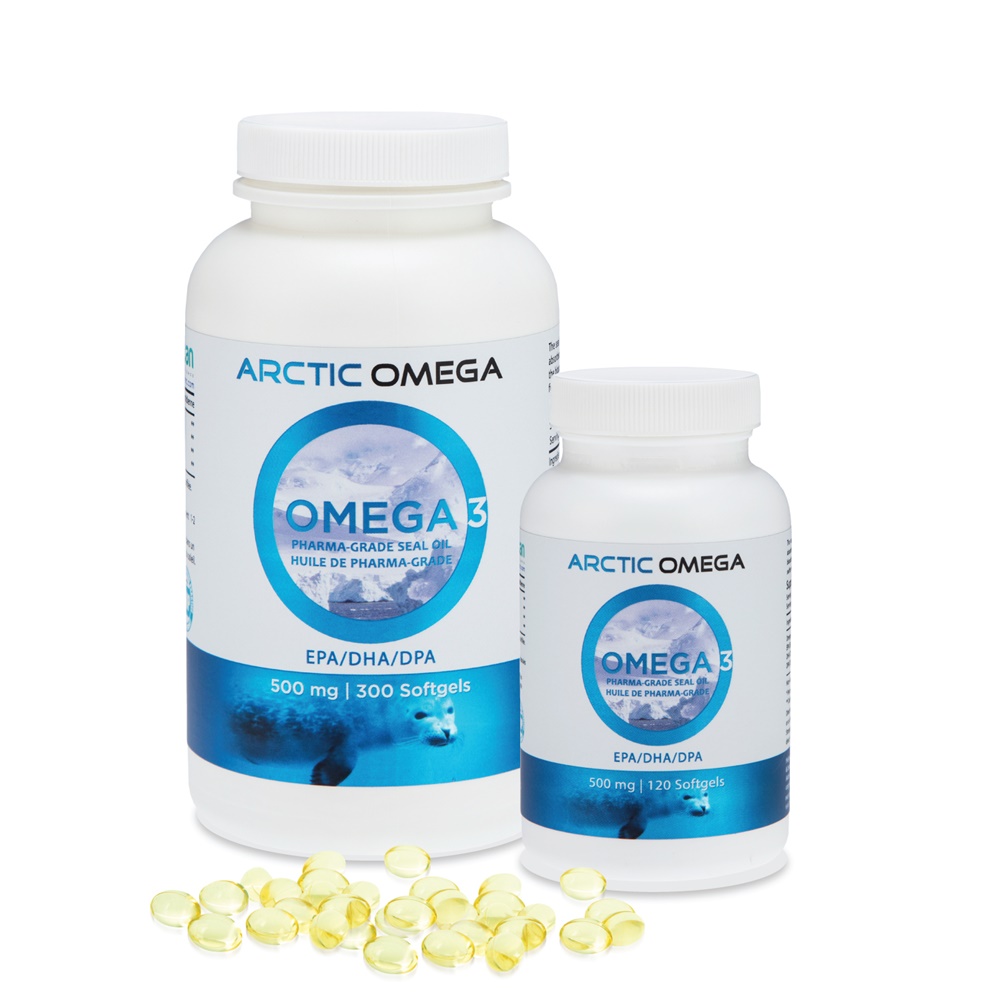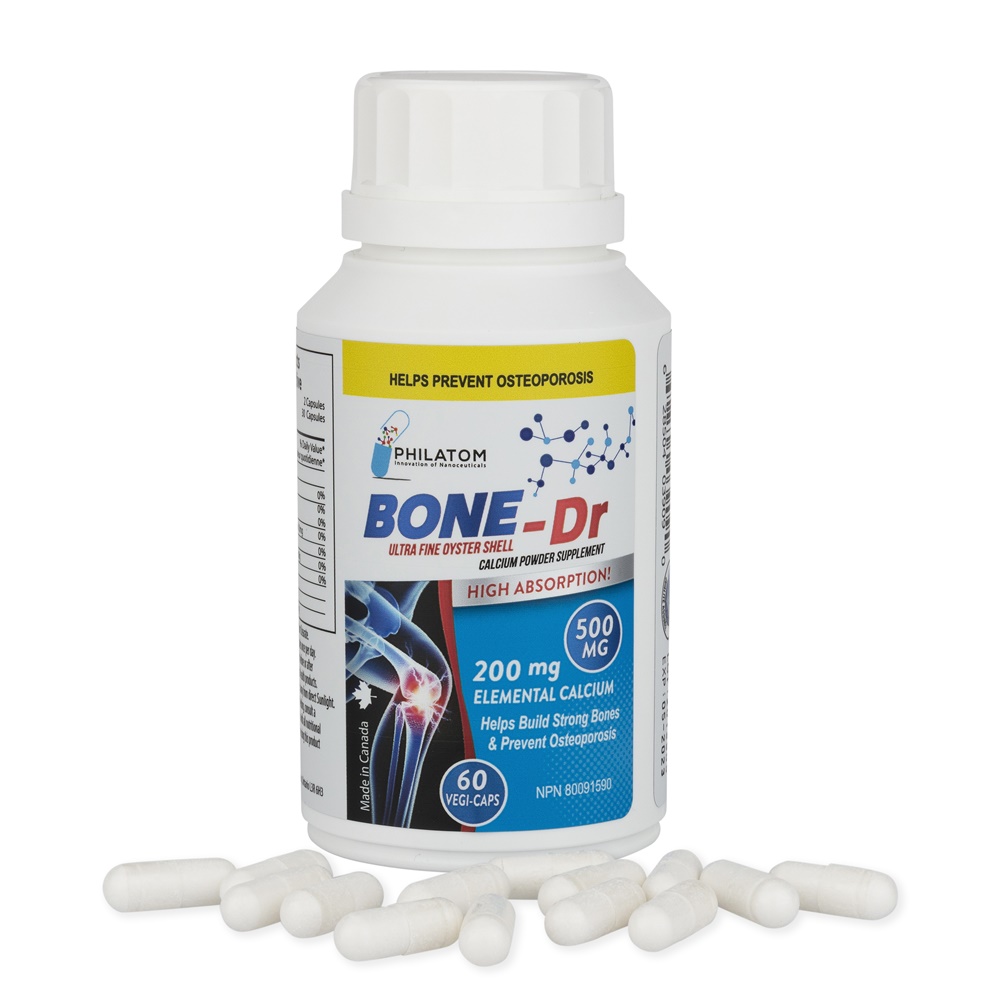DPA on the rise
- admin
- July 30, 2022

Numerous studies indicate insufficient levels of docosapentaenoic acid (DPA) in diets and blood circulation may serve as a predictor and indicator of broad range of health conditions, and may also be a distinct and powerful nutritional and therapeutic supplement.
The health benefits of eicosapentaenoic acid (EPA) and docosahexaenoic acid (DHA) fatty acids are among the most documented in nutrition research. However, a third key fatty acid, docosapentaenoic acid (DPA)an intermediary between EPA and DHA, has been shown to play a powerful role in key health outcomes. DPA, an elongated version of EPA, has drawn the attention of scientists because it is present in relatively high levels in the diet of Greenland Inuits, a population with exceptionally low incidence of cardiovascular disease (CVD).
Generally, Americans do not consume Inuit dietary stapleswhale and seal meat and blubber. However, USDA National Nutrient Database indicates DPA is present in marine oils, with menhaden oil documented as the richest fish oil source of the compound. In the last three decades, scientific studies focused on oils that contained mixtures of fatty acids, or on purified EPA and DHA, while the amount of research focused on DPA was limited. Nevertheless, a careful review of the published literature indicates inadequate dietary intake and low circulating blood levels of DPA may serve as a predictor and indicator of a broad range of diseases.
Among the many health conditions DPA addresses, heart health has received considerable scientific attention. A recent Harvard study, which involved more than 30,000 participants, showed higher plasma concentrations of DPA were associated with lower risk of heart attack. Similarly, another study showed people with evidence of CVD had lower levels of EPA, DHA and DPA as compared to healthy control subjects. Most importantly, the largest difference in fatty acid profiles was attributed to DPA, and only DPA showed an independent negative association with the disease after the adjustment for smoking habits.
Indeed, DPA has a good potential as a therapeutic compound. A large epidemiological trial showed dietary intake of DPA was significantly and inversely related to hardening of the arteries in Japanese adults. A separate study showed oral supplementation with purified DPA increased tissue concentrations of DPA, DHA and EPA in rats, while decreasing levels of arachidonic acida pro-inflammatory fatand restoring a healthy, critical balance of omega-3s to omega-6s.
Other studies examined the role of DPA in neurological health. For instance, it was demonstrated that DPA concentrations in blood of schizophrenic patients were significantly lower than those in blood of individuals from a matched control group. A separate study showed DPA supplementation may restore age-related decline in cognitive functions in an animal model.
Besides the role of DPA in cardiovascular, neurological and cognitive health, the compound may serve as a biomarker for other diseases. Human studies indicated a range of other potential health benefits, namely that DPA was the only EFA to have a positive effect on the aggressiveness of prostate cancer; and that omega-3/DPA levels are shown to be lower for alcohol-exposed subjects as compared to control groups.
Numerous studies indicate insufficient levels of DPA in diets and blood circulation may serve as a predictor and indicator of a broad range of health conditions. In addition, existing evidence points to DPA as a distinct and powerful nutritional and therapeutic supplement.


